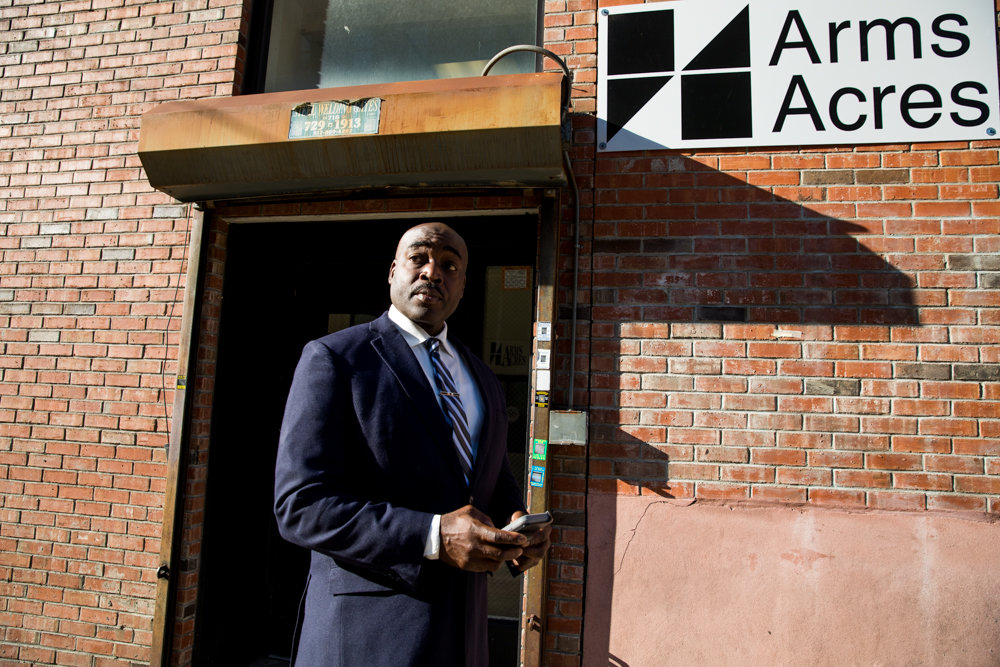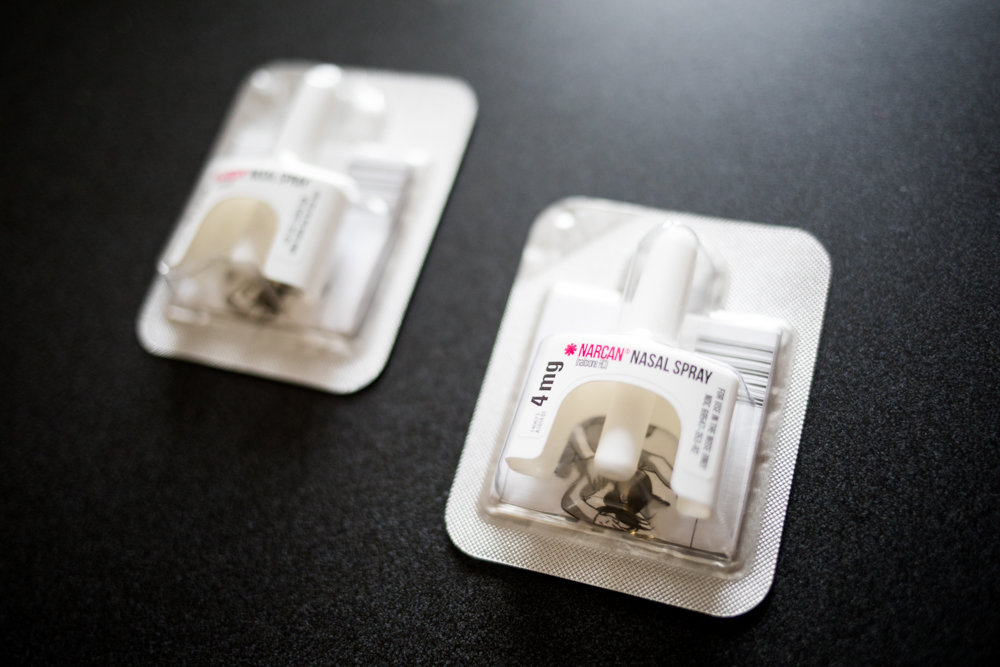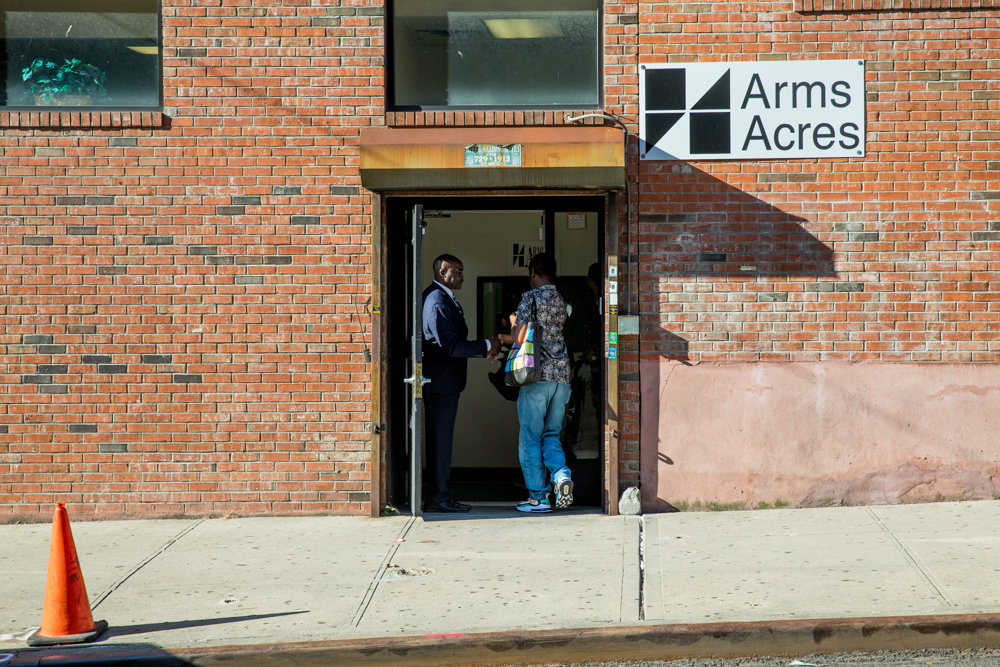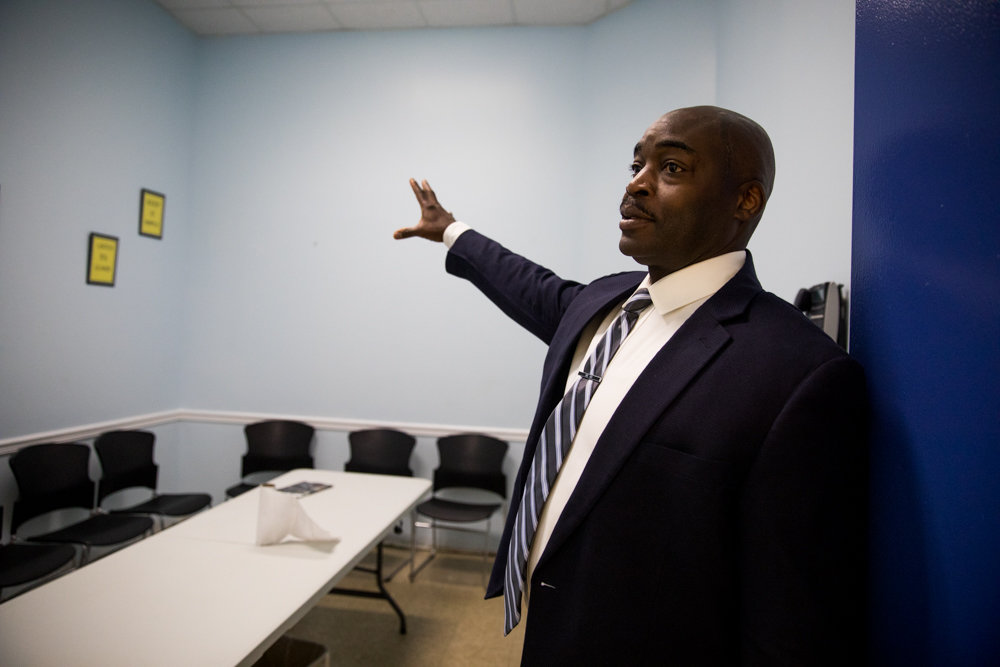Finding help when it's needed most
Last year, more than 1,400 New Yorkers died from opioid overdoses. A decade ago it was just over 540.
Opioid abuse deaths are an epidemic spreading fast despite more treatment centers sprouting up around the city, and more access to the life-saving opioid blocker naloxone.
Citywide, those services are making the slightest of dents — in 2018, the number of deaths slipped compared to more recent years, according to the city’s health department. But in the Bronx, overdoses killed 391 people — up 8 percent from last year, leading the rest of the boroughs in both rate and number.
While city health commissioner Oxiris Barbot touted the overall decrease as “promising,” the numbers left many wondering what’s made things better in other areas in the city that just haven’t worked here.
It was a question John Saunders contemplated during International Overdose Awareness Day on Aug. 29.
“What I’ve seen in this area of the Bronx is that people need treatment, but there’s something that’s keeping them from actually utilizing the services,” said Saunders, clinical director of Arms Acres in Norwood. “I wanted to figure out why. Even though we’re in a community, are we really in the community? Are we talking to the parents? Are we reaching out to the people here when they need us the most?”
Located at 3584 Jerome Ave., just on the other side of Van Cortlandt Park, the outpatient addiction treatment center serves a wide geographic region, including Riverdale, Kingsbridge and Marble Hill. It offers counseling, relapse prevention, medical assessments and medications intended to help ease cravings for drugs or alcohol.
Drug treatment is hard to come by in the northwest Bronx. There are a few doctors within a 10-mile radius who offer medically assisted treatment, but there aren’t many dedicated treatment facilities.
That’s problematic in the Riverdale-Kingsbridge area, which ranks 15th worst out of 42 health districts, according to the city health department. That breaks down to more than 18 deaths per 100,000 people annually.
Not that there haven’t been efforts to bring something here. Earlier this year, for example, a treatment center called Ekawa Holistic Medicine was proposed for empty storefront space at 5622 Broadway.
The facility — lobbied for by former Sen. Jeffrey Klein — would have offered spa-like services like yoga, meditation and personal trainers, according to presentations made to the community. It also would have offered medically assisted treatment like methadone and buprenorphine — two medications intended to help those addicted to opioids.
Ekawa, however, was met with fierce opposition, not just by neighbors, but also by elected officials. Neighbors worried its presence would attract the “wrong type of people” to the area. Politicians wrote letters concerned the center might affect nearby businesses and “introduce a problem to a community where there isn’t one.” Others were concerned the center was only after profits because it would not accept Medicaid.
The revelation that Ekawa was linked to a non-profit shut down after a 2015 federal Medicaid fraud investigation was seemingly what caused developers to cancel plans for the center.
“Addiction is a disease — it is not a character defect — a disease that affects every family, every demographic, and yes, affects Riverdale and Kingsbridge, too,” Ekawa chief executive Joseph Francis D’Amore said in a statement at the time.
That’s something, Saunders added, even many with substance abuse problems don’t realize.
“Part of seeking treatment is to get them to understand they’re not a bad person,” he said. “Oftentimes, you’ll see people who’ve tried treatment but failed out because they believe they’ve failed out of life. You want to knock that myth out.”
Someone with diabetes isn’t a bad person because they take insulin. Nor are people who take statins for high cholesterol. The same is true for people who get treatment for the disease of addiction, Saunders said. It’s not weakness of spirit or lack of desire that people can’t quit — it’s because it’s a disease that must be treated.
Not long ago, treatment was primarily through peer support programs like Alcoholics Anonymous. That works well for a lot of people, Saunders explained, but not everybody.
If they couldn’t stay sober, they’re kicked out of the program. That leaves them with no other treatment alternative. But after years of research, science began to better understand there were ways to taper someone off a substance while using medication to ease the cravings. Now treatment involves a period of detox to slowly break the drug dependence, followed by inpatient treatment to learn about addiction, and then a period of rehabilitation to develop a resistance to relapse.
How long it all takes depends on the person, Saunders said, but it’s a process that takes between six and nine months.
Not enough people understand there’s help, he said — not only for the addiction, but for the reason why they turned to substances in the first place.
Whether it began with a prescription painkiller, pills snuck out of a parent’s medicine cabinet, or introduction to heroin by a partner, a common thread Saunders sees in his patients is childhood trauma. They’re never taught how to deal with it as they grow up, so they turn to something that makes them forget.
And it works for a time.
“For young adults who attempt to keep this secret, once the addiction happens, you can no longer keep it secret,” Saunders said. “The more you use, the more you need, and as a result, families are realizing that their son or daughter, or their spouse, has an addiction that’s taking over their life.”
Quick, discreet and compassionate treatment that addresses the addiction and
any underlying cause saves lives, he said.
And because every demographic has been touched by the opioid epidemic, progress will be made only when help is available to all types of people.
Saunders: “We need to find out what we can do to reach the people when they need us the most.”















